Right On.
In which Norm goes back to the '70s with Shout! Studios' BLAXPLOITATION CLASSICS: VOLUME 1.
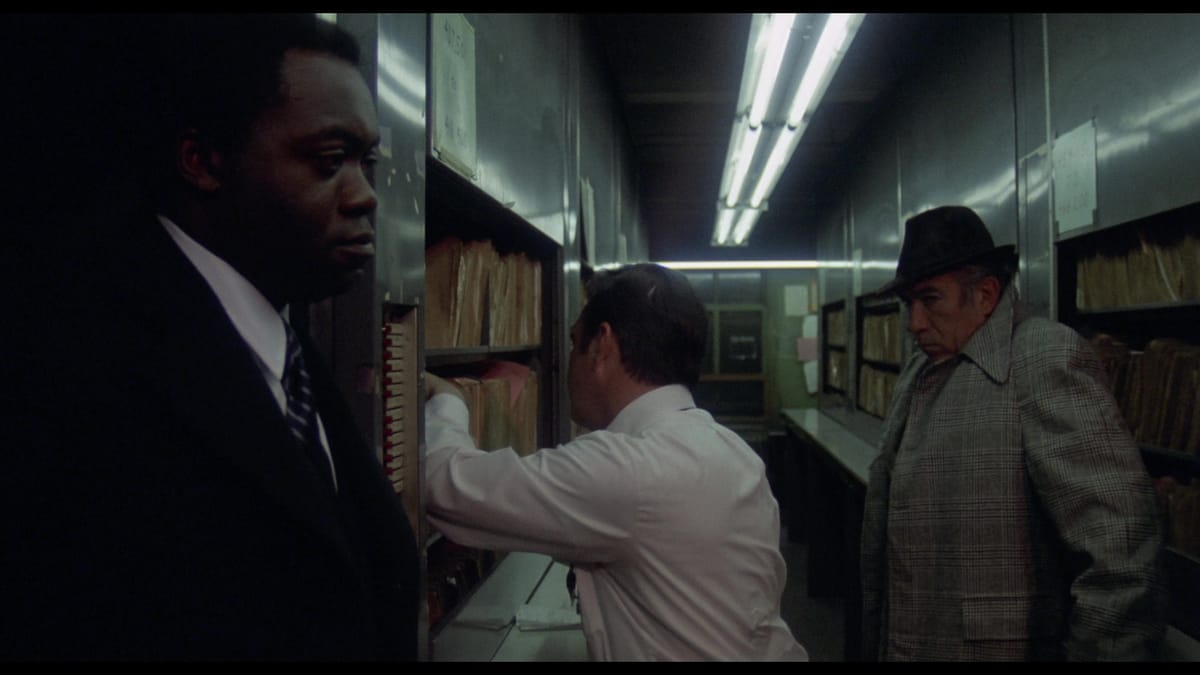
Blaxploitation deserves a lot more respect, you know?
Criterion’s 2022 4K release of Shaft was a welcome exception, but for the most part a truly transformative moment in American moviemaking – as important to genre history as the New American Cinema movement was to the studio pictures that came afterward – was treated as a weird little hiccup, best talked about as a grindhouse curiosity. Despite their revolutionary content and undeniable cultural impact, catapulting relatively unknown actors like Pam Grier, Yaphet Kotto and Fred Williamson to stardom, the movies weren’t seen as, you know, respectable. One wonders why.
But talk to any Black artist of a certain age, and they’ll tell you about a revolution. When the journalist and filmmaker Nelson George picked Sparkle for his episode of Someone Else’s Movie, he told me about catching it in a Times Square theater in 1976 and being stunned to see a family that looked and sounded like his own up there on the screen. And while technically Sparkle is not an exploitation film but a thinly disguised drama about the Supremes, it couldn’t have happened without the success of the initial Blaxploitation wave, which demonstrated that Black audiences would show up for Black stories … and maybe other folks would too.
The home-video market didn’t give them that much respect either. MGM released a wave of “Soul Cinema” DVDs in 2003, but when it came to Blu-ray the label licensed them out to various third-party producers.
So who corrects a decades-old wrong? Shout! Studios, of course, with its glorious Blaxploitation Classics, Vol. 1 boxed set.
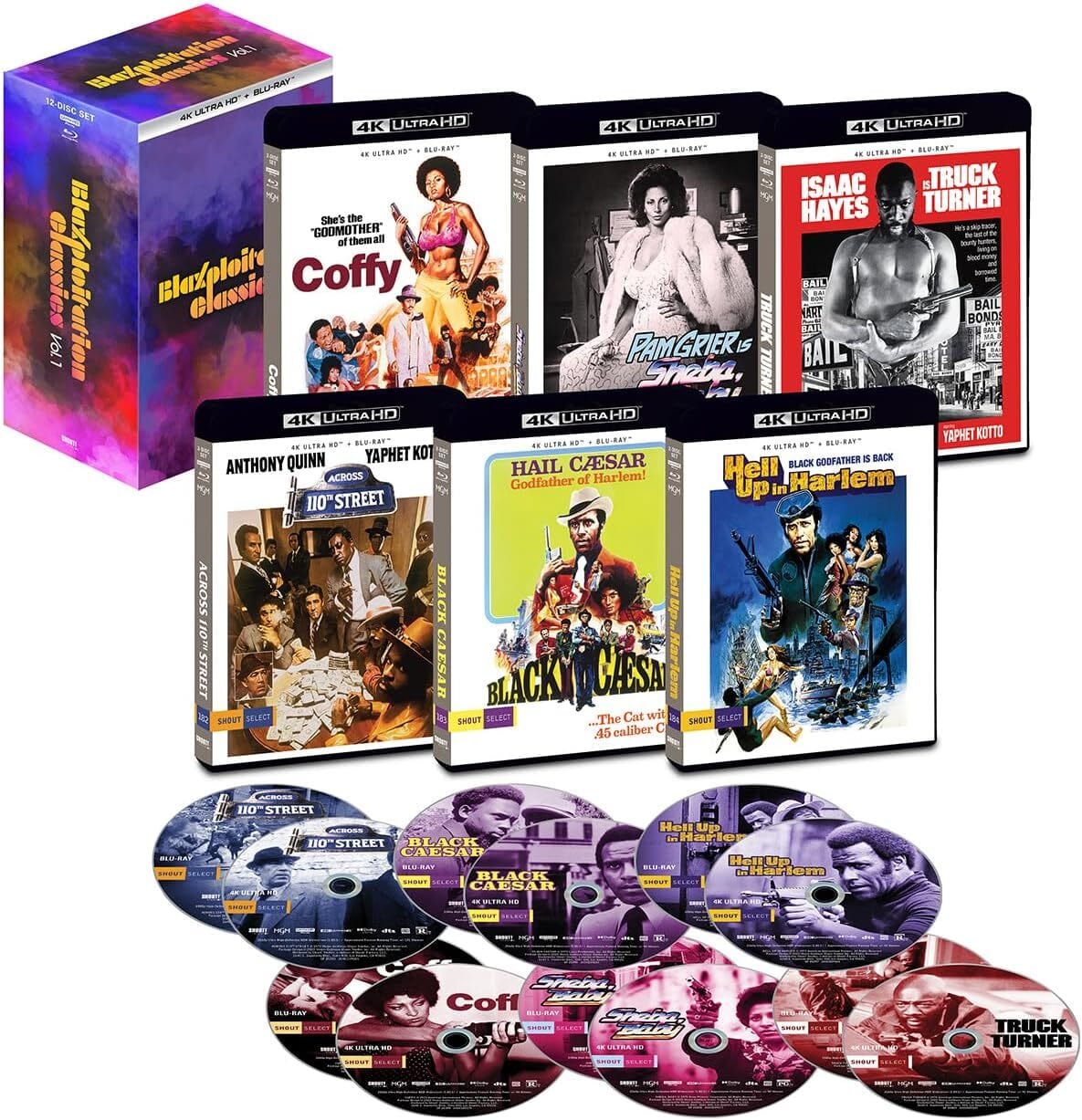
The package collects six seminal works produced at American International Pictures, founded by B-movie impresarios Samuel Z. Arkoff and James H. Nicholson. Nicholson had moved on to 20th Century Fox by 1972, and producer Lawrence Gordon had come on as head of production, recruiting up-and-coming directors like Larry Cohen, Jonathan Kaplan and Jack Hill to shoot quick-and-cheap versions of familiar genre narratives with Black casts.
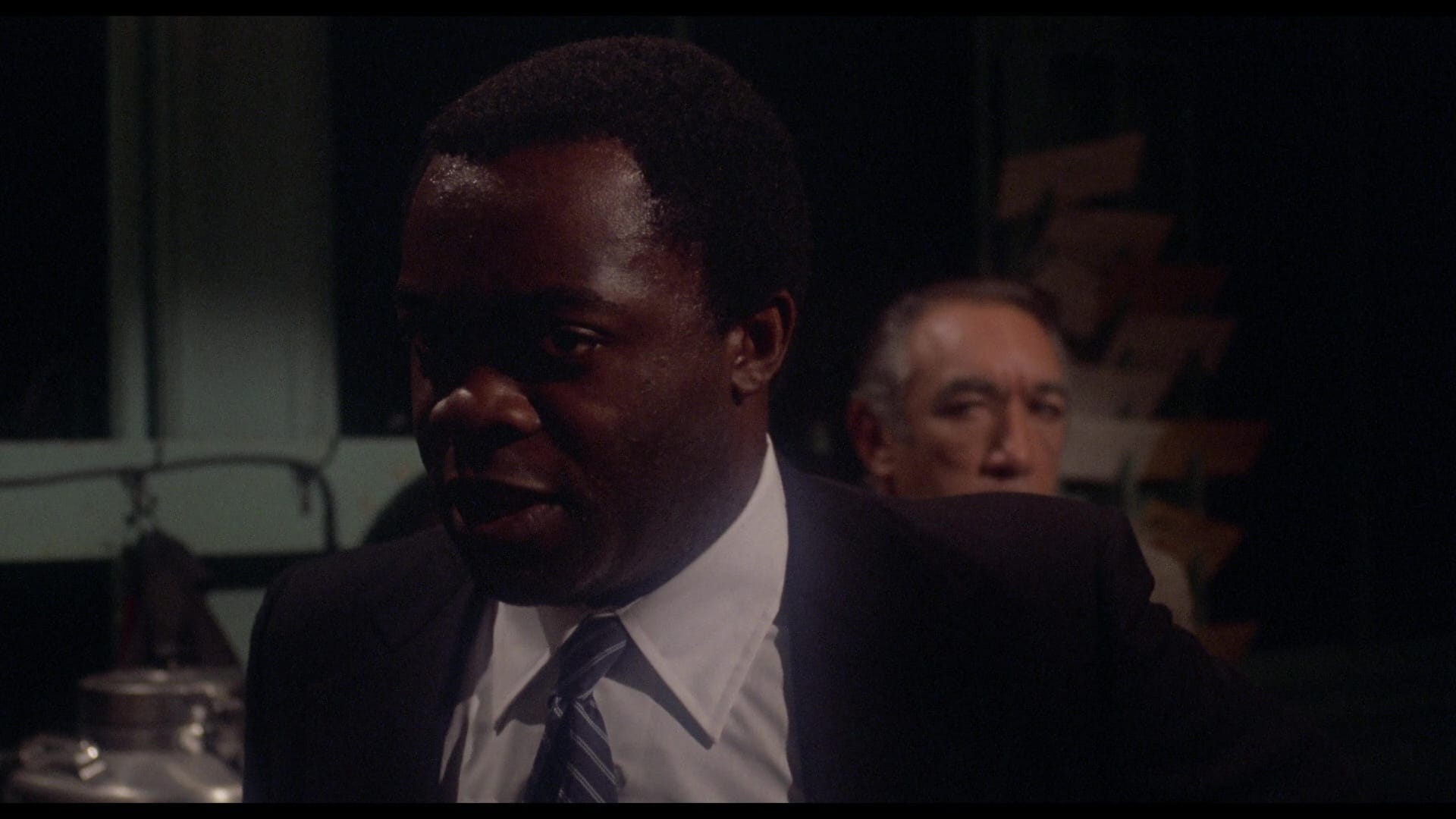
Barry Shear’s Across 110th Street mashes up In the Heat of the Night and The French Connection for an urban procedural with a racial twist, with Anthony Quinn and Yaphet Kotto as detectives who must put aside their prejudices to find the men who stole $300,000 of Mob money in Harlem.
I was happy to find Across 110th Street was a much stronger film than I remembered: The script, by Hollywood journeyman Luther Davis, is surprisingly dense, following multiple clusters of characters – the cops, the thieves, the Harlem gangsters and the Mafoisi who run them – all playing out their own storylines which occasionally intersect in moments of violence.
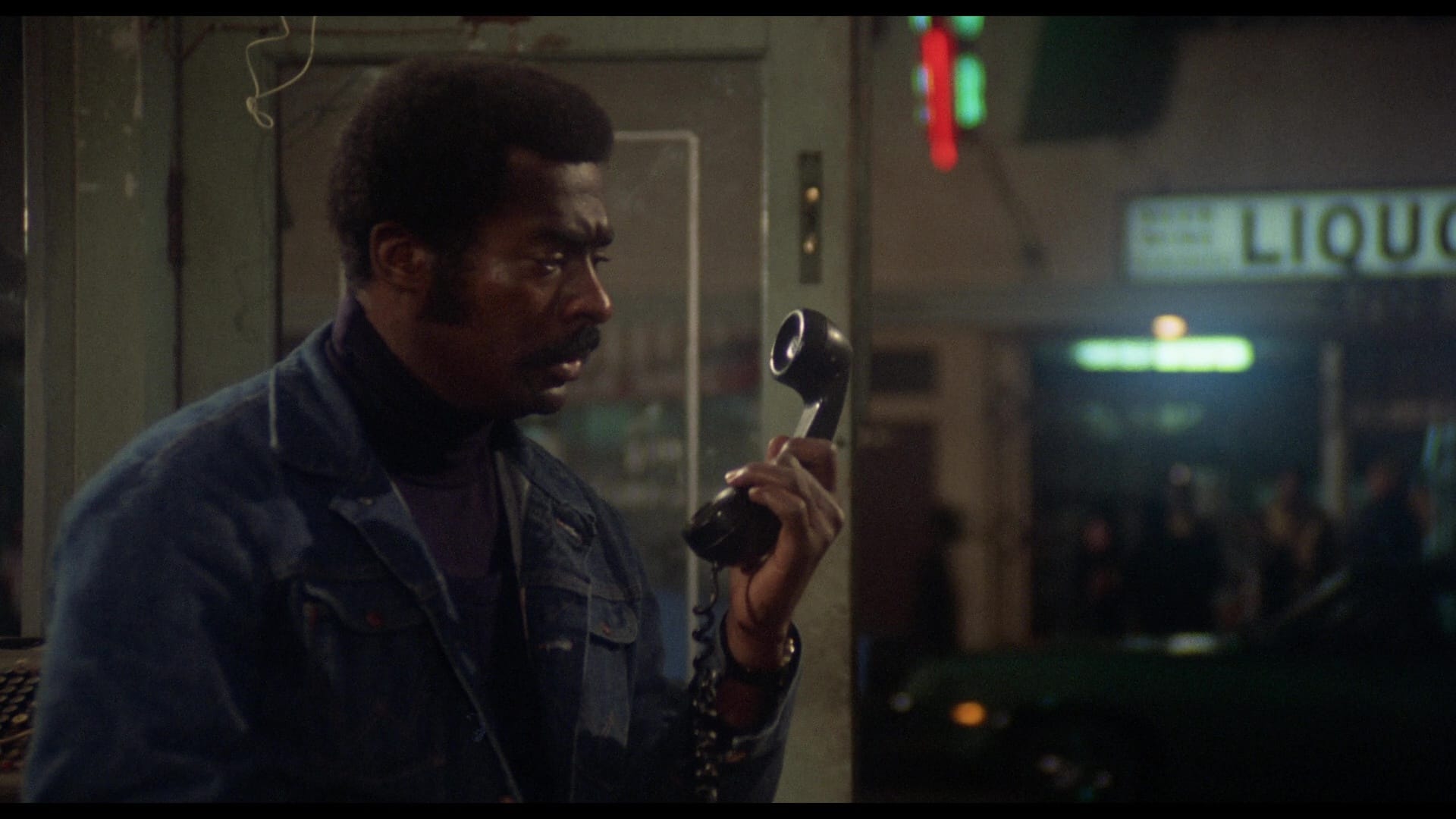
Director of photography Jack Priestley - another old pro – makes it look like a million bucks, alternating adrenalized handheld shots with more considered setups and using a film stock that responds beautifully to neon and fluourescent light, resulting in a cityscape pulsing with unexpected intensity.
The other films in the set aren't bad either.
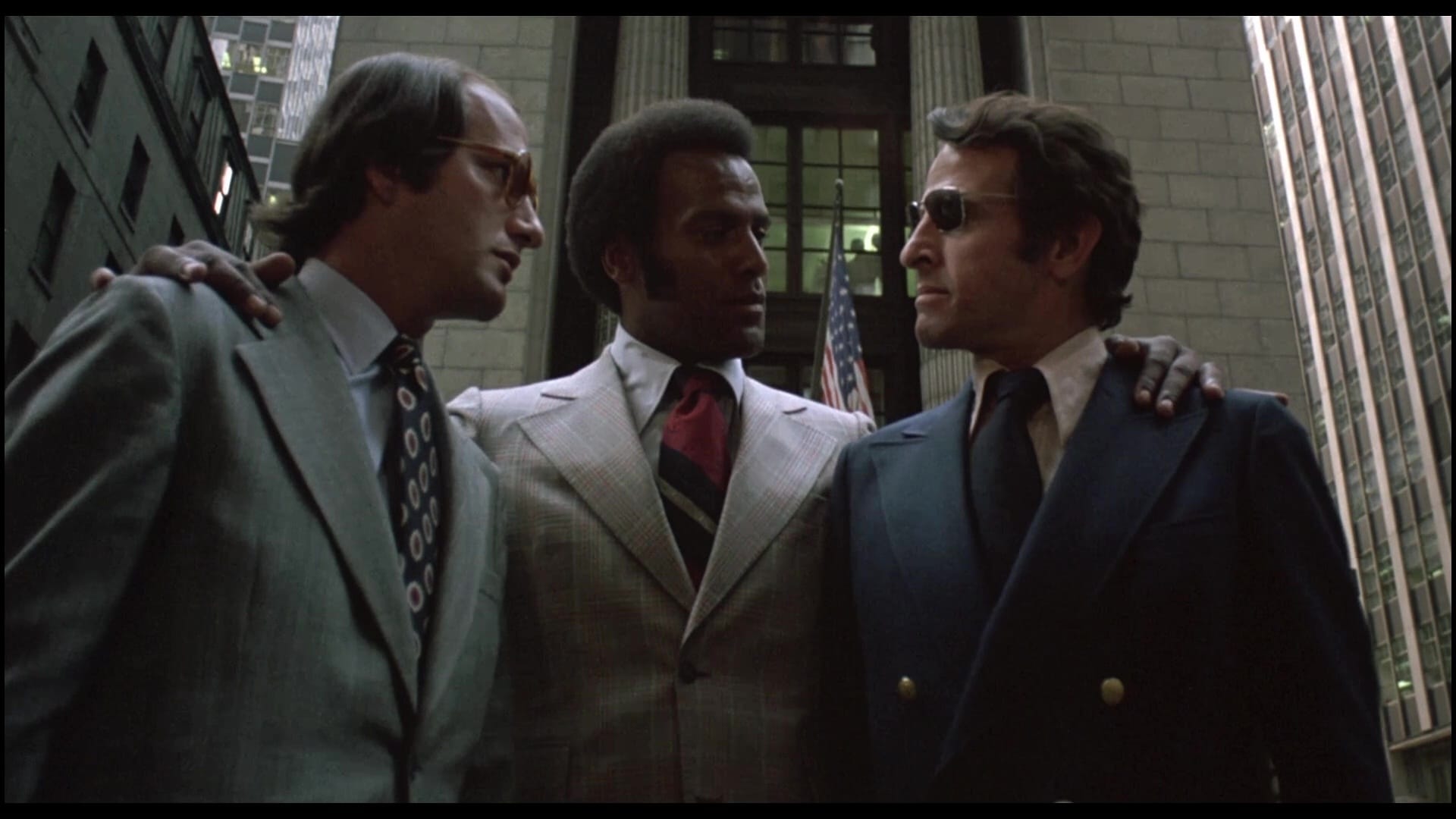
Cohen’s Black Caesar was a straight remake of the 1931 Warner pulp thriller Little Caesar, with Williamson in the Edward G. Robinson role of a seething thug driven by childhood trauma to destroy the very foundation of New York’s gangsters. And when Cohen cut the original ending at the last possible minute, Tommy Gibbs survived for a sequel, Hell Up in Harlem.
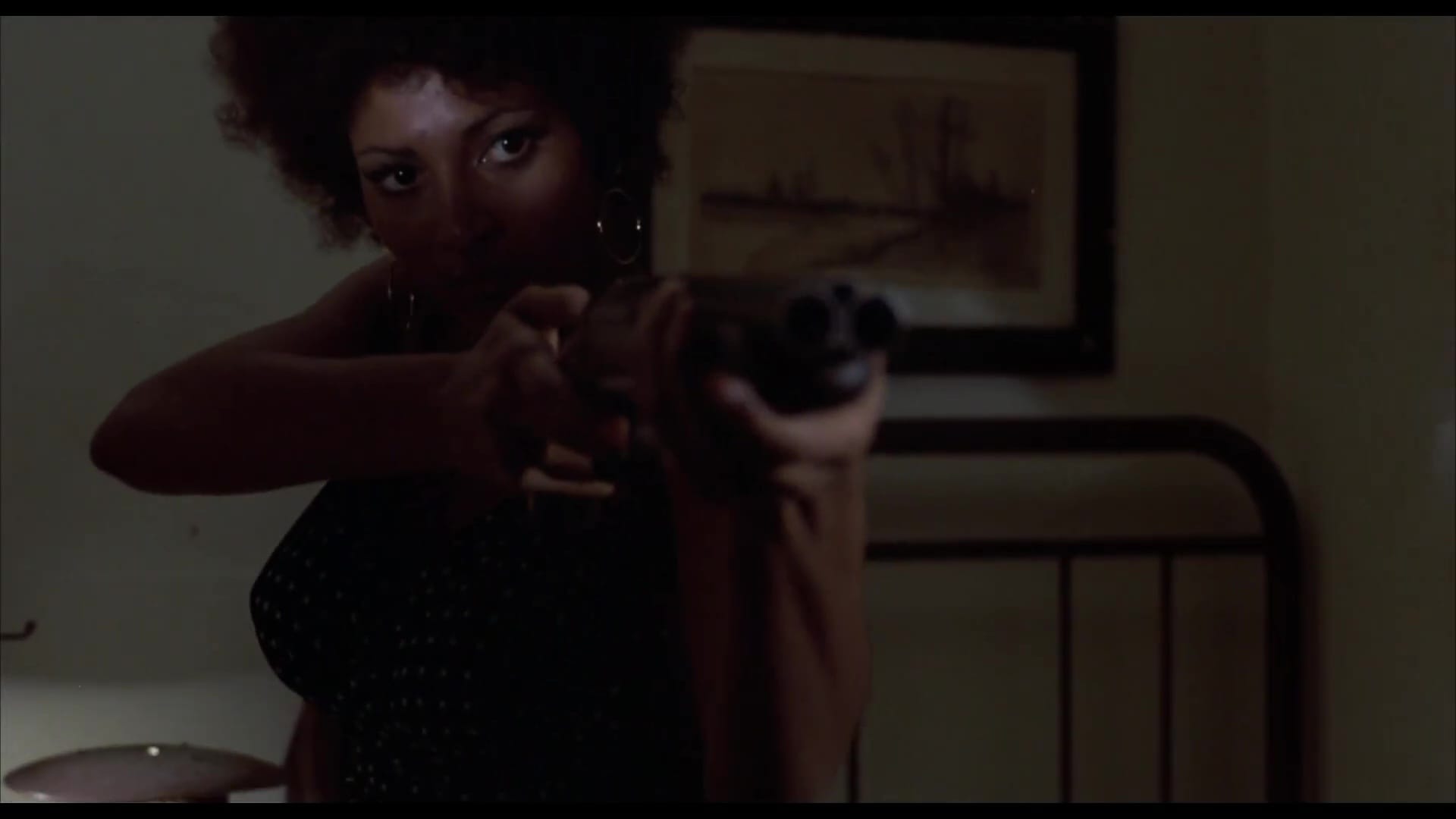
Hill’s Coffy, starring Grier as a nurse who takes on the mobsters who got her kid sister addicted to heroin, then goes full vigilante when corrupt cops and politicians attack the one cop she trusts, is basically Death Wish a year before Death Wish. But Pam Grier was a revelation as the avenging angel, doing that movie-star thing that let the audience see how much fun she was having raining hell upon assholes who absolutely, undeniably deserved it – even as she channels the fury and grief of her character.
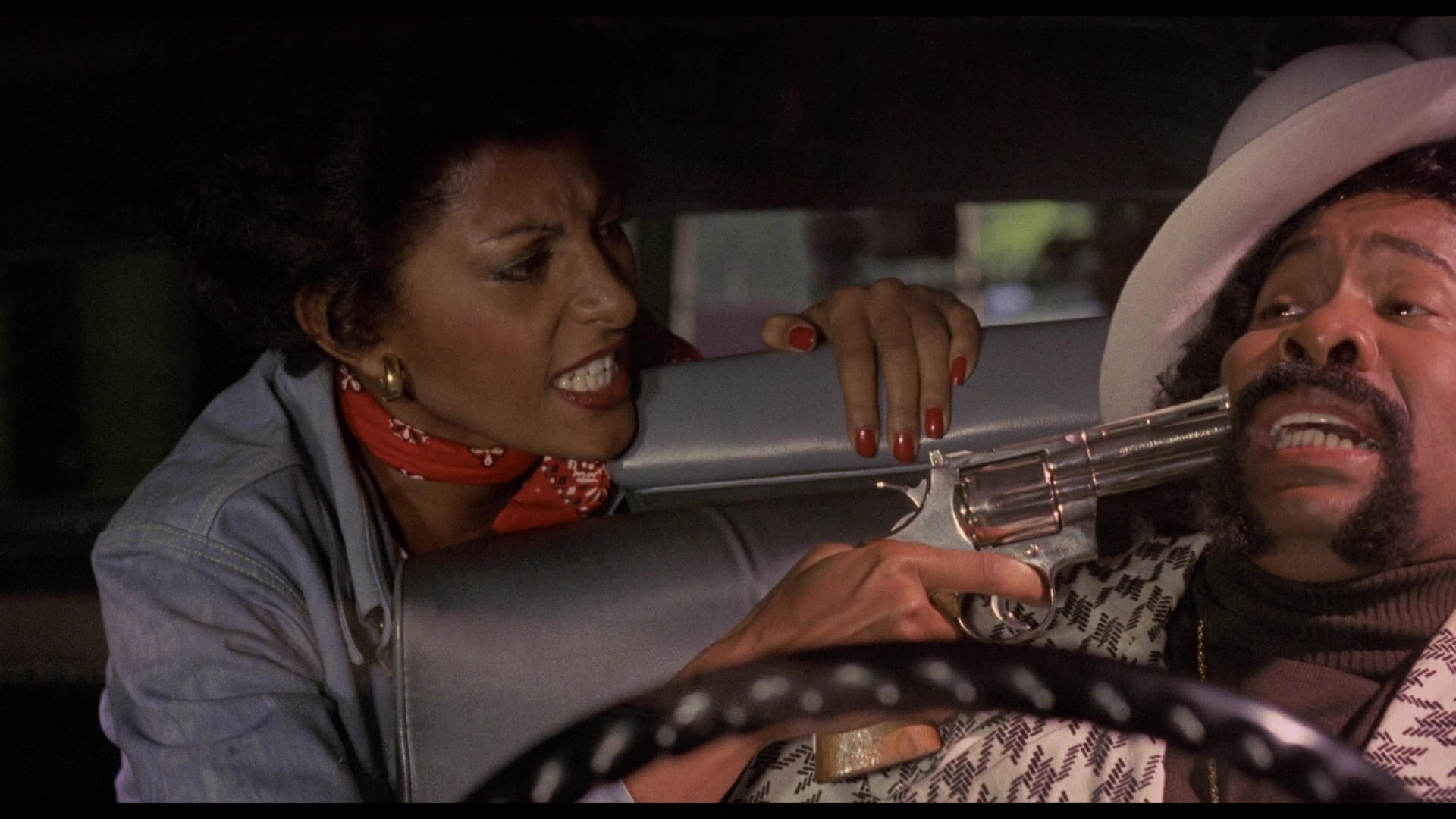
Greir gets to have a little more fun in William Girdler’s Sheba, Baby, playing a big-city private eye who comes home to help her father keep the mob from his door and soon winds up taking the fight to the bad guys. And Kaplan’s Truck Turner gave Isaac Hayes a similar action vehicle as a bounty hunter whose latest assignment makes him a target of the entire Los Angeles mob.
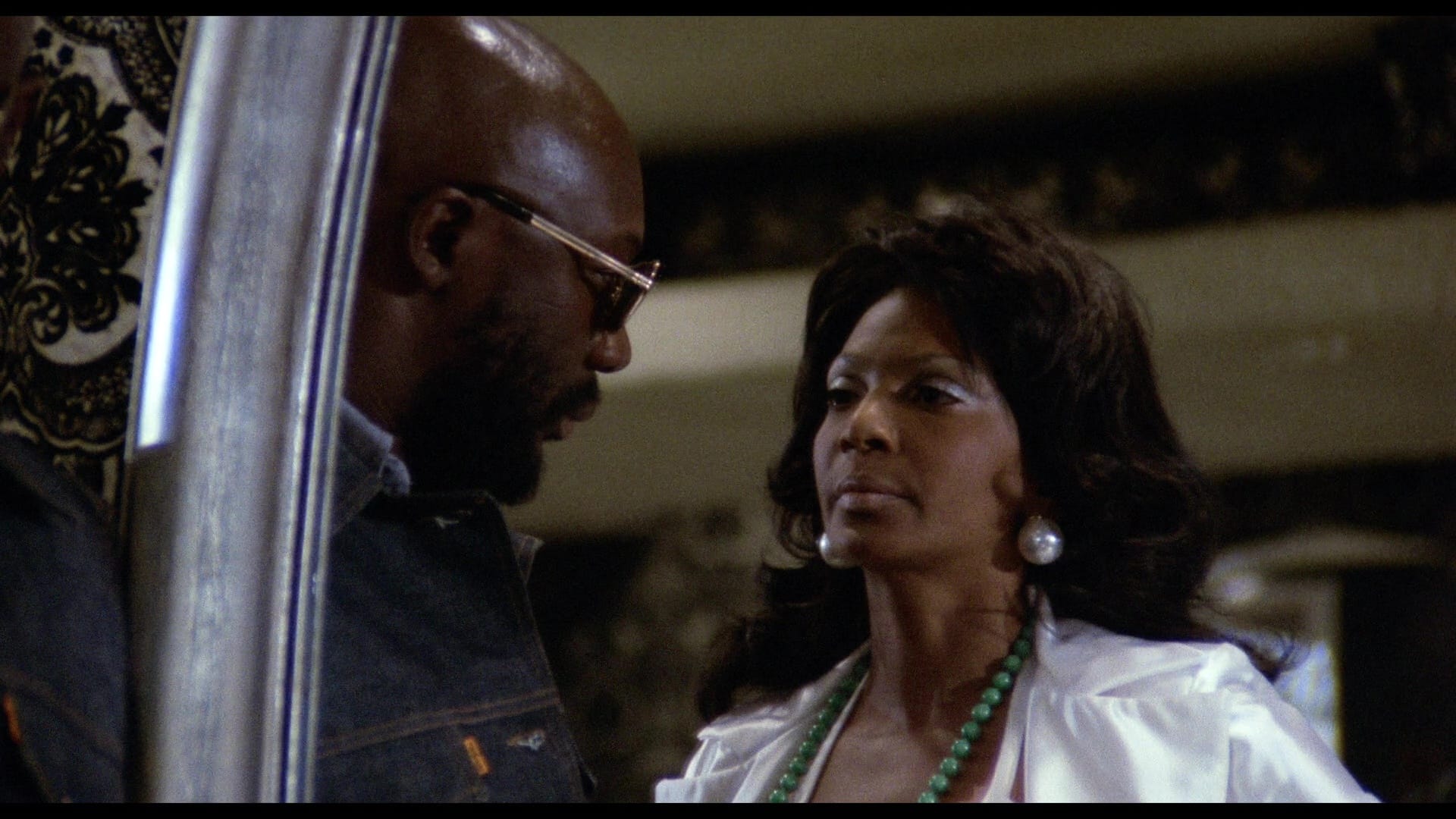
Shout’s box offers each film in a 4K/ Blu-ray combo. And these are the presentations these movies deserve, restored in 4K from new scans of the original camera negatives, offering the cleanest, sharpest transfers to date. Honestly, they probably look better than the 35mm prints did in their second weekend of release.
Shout also ports over the special features produced for those early MGM DVDs – interviews with Hill and Grier on Coffy and screenwriter David Sheldon on Sheba, Baby, and audio commentaries for five of the six films: Cohen on Black Caesar and Hell Up in Harlem, Hill on Coffy, Kaplan on Truck Turner and Sheldon on Sheba, Baby.
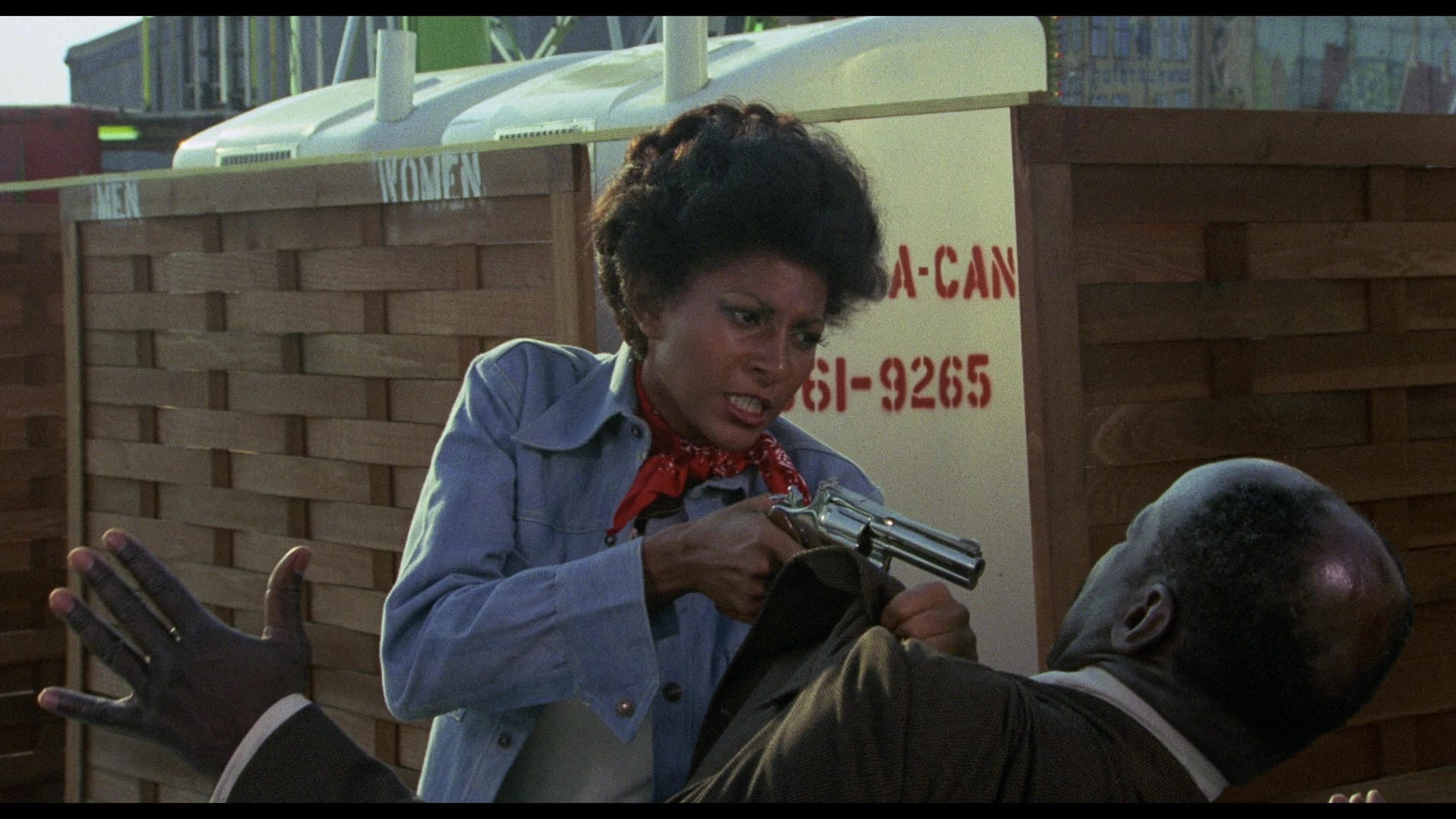
There are no archival extras for Across 110th Street, so that’s where Shout puts the newly commissioned documentary, It’s Where the Action Is: Blaxploitation Comes to AIP ... or at least its opening 40 minutes. Produced, directed and edited by Daniel Griffith at Ballyhoo Motion Pictures, it’s a fleet, engaging guide to the evolution of Black cinema, as related and contextualized by experts like critic Odie Henderson (Black Caesars and Foxy Cleopatras), Afrocentric film scholar Dr. Michelle B. Taylor and AIP’s Gordon, among others.
This first section, titled “Just Getting Warmed Up,” traces the initial wave of the movement, when In the Heat of the Night and Guess Who’s Coming to Dinner finally proved Sidney Poitier’s status as a marketable Hollywood star in 1967. In short order Ossie Davis’ Cotton Comes to Harlem, Gordon Parks’ Shaft and Melvin Van Peebles’ Sweet Sweetback’s Baadasssss Song led a wave of action movies made by Black filmmakers, starring Black leads and aimed squarely at Black moviegoers.
Henderson notes that while Shaft and Cotton cast Black actors as authority figures, Sweet Sweetback’s genius was to make put its hero on the other side of the law, a sex worker framed by dirty cops who sets out to bring down the whole filthy system. Revenge, it turns out, was something that sold really well in this genre.
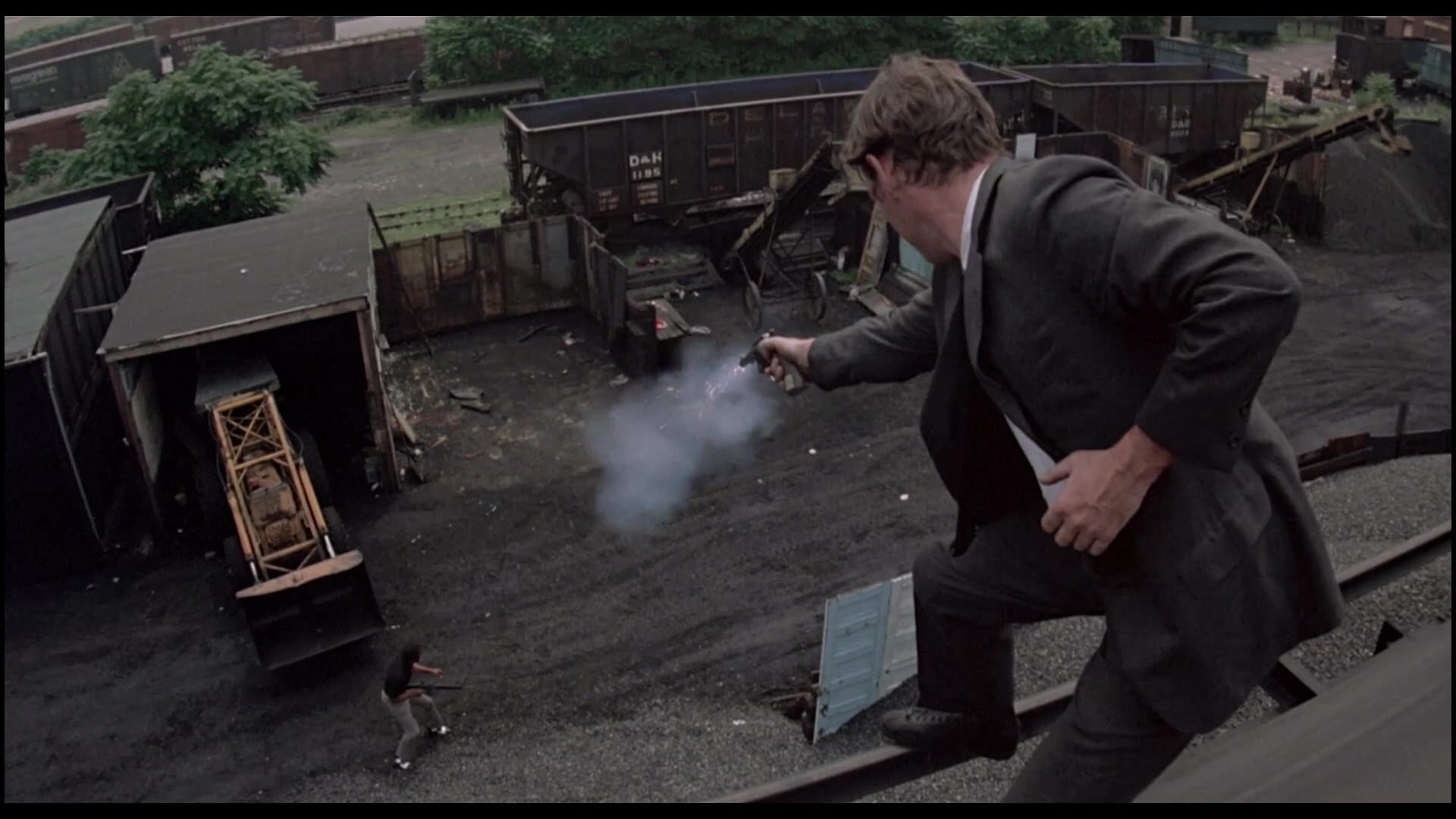
As Dr. Taylor points out, the truly revolutionary concept of Blaxploitation was wondering what a given genre would look like if it had Black people in it. How would a revenge picture be different with, say, Jim Brown instead of Charles Bronson?
The films in this box answer that question, though Brown’s breakout Slaughter films aren’t included. Neither is Blacula, come to think of it; I guess they're working on restoring those for Volume 2.
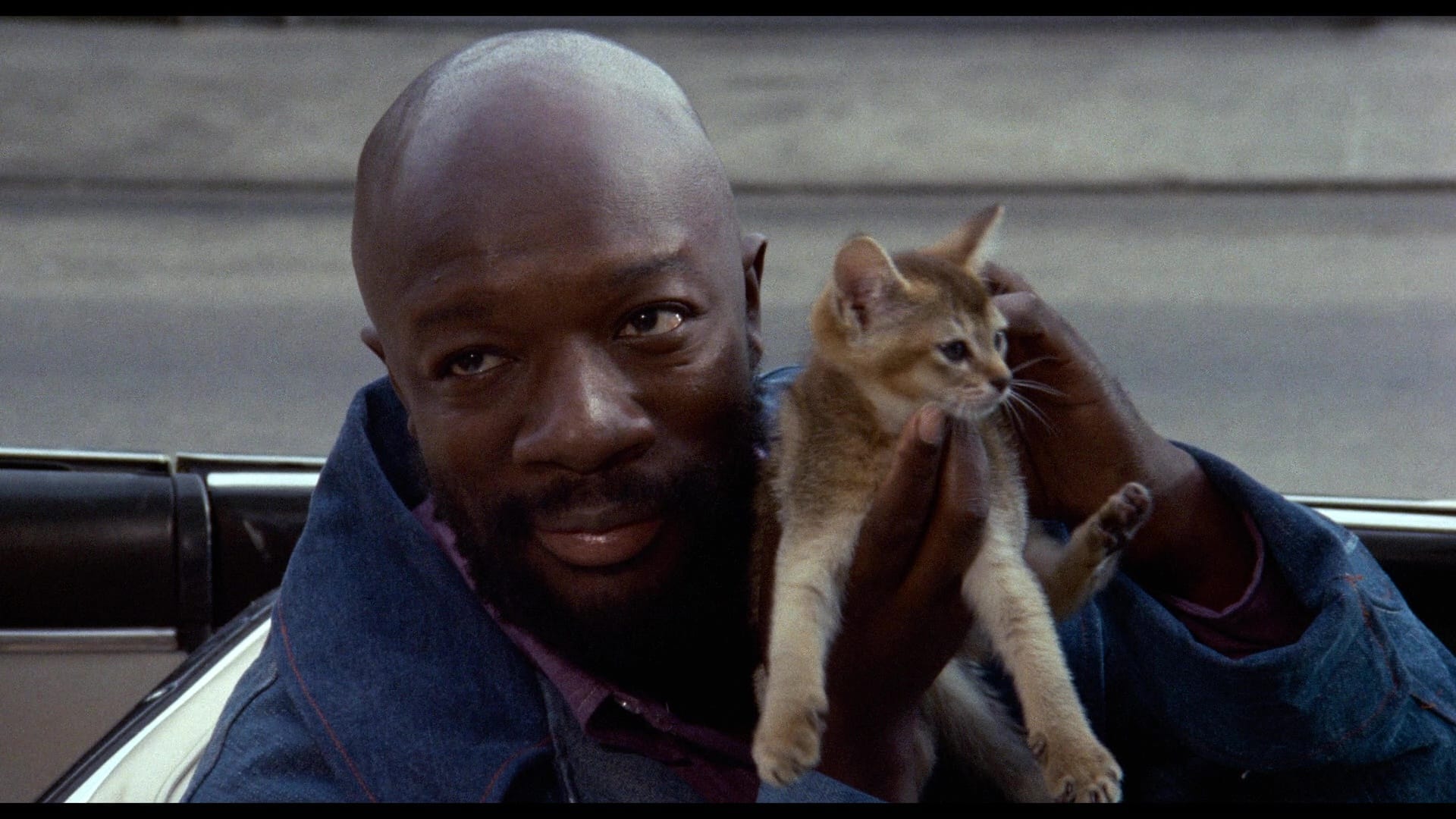
Blaxploitation Classics Vol. 1 is available now in a 4K/Blu-ray combo box from Shout! Studios. Solid.
